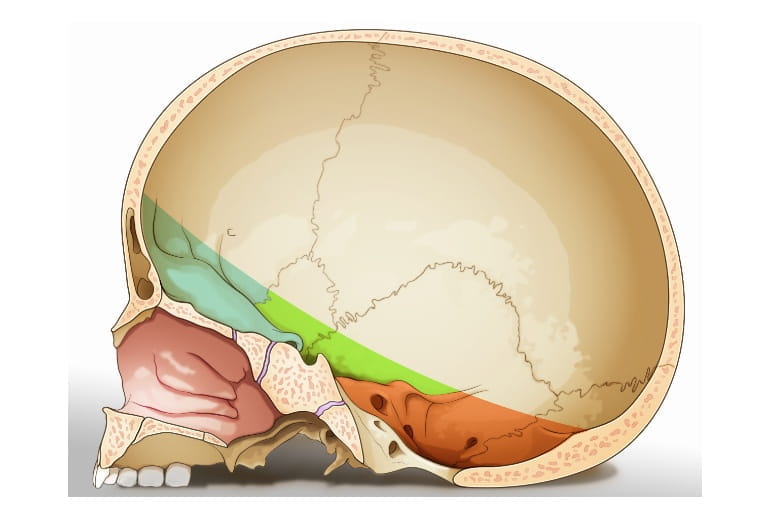Skull base tumors can threaten a patient's vision, facial function or hearing, and outcomes are better at high-volume centers with advanced technologists and skilled microsurgeons.
As one of the largest academic health care systems in the Midwest, our team of specialists at Indiana University School of Medicine, partnered with IU Health, treat the most skull base tumors in the state of Indiana. Faculty physicians in the Departments of Otolaryngology—Head and Neck Surgery, Neurological Surgery and Medicine not only treat patients with excellence but also lead research and clinical trials, bringing leading-edge skull base tumor care to the people of Indiana.





















